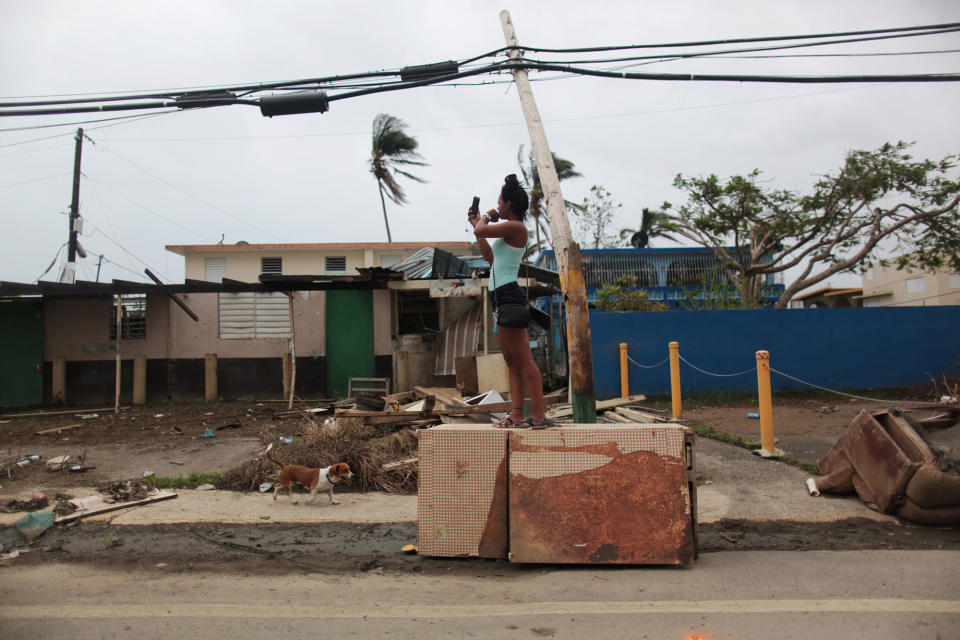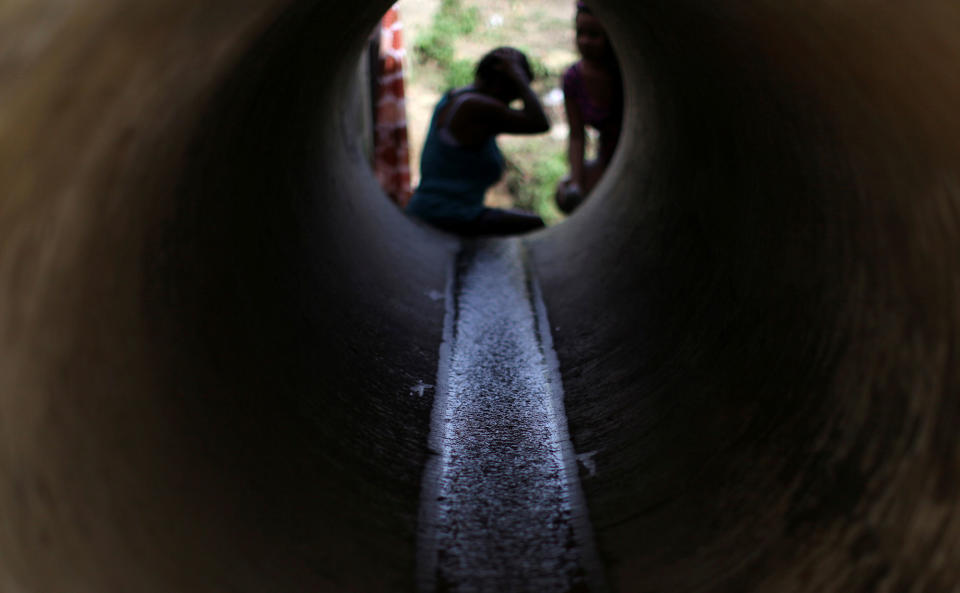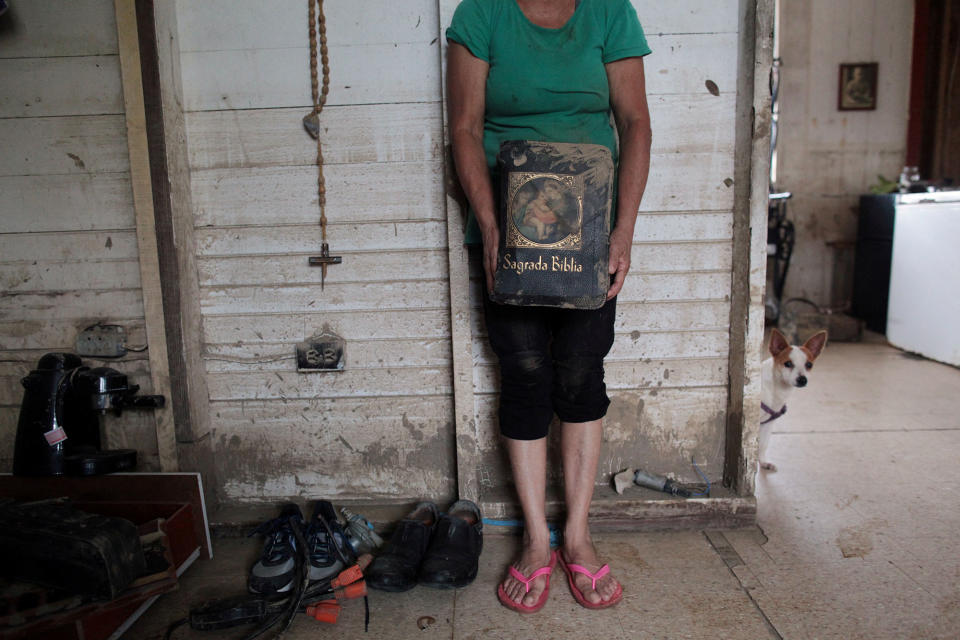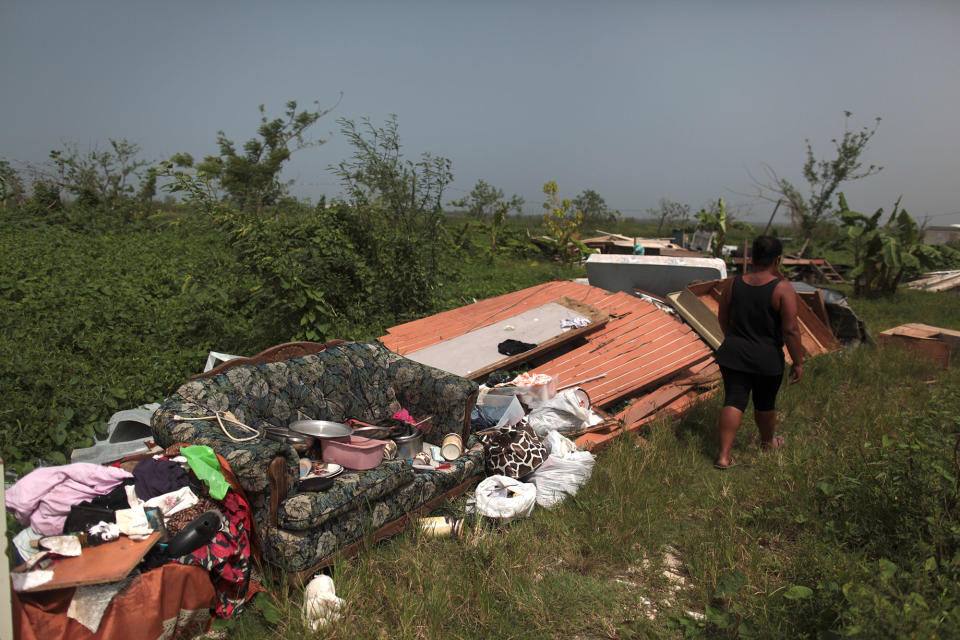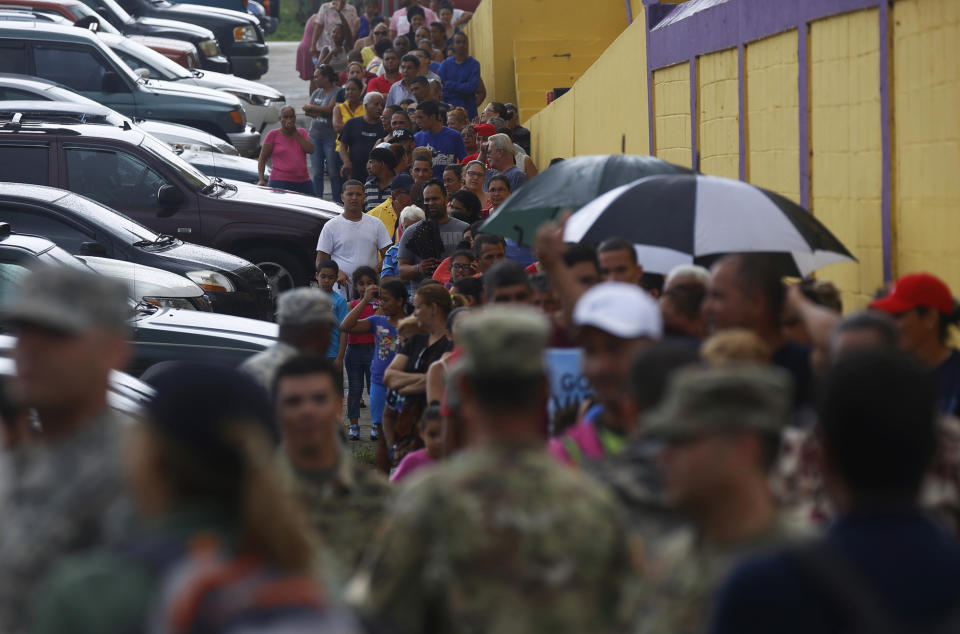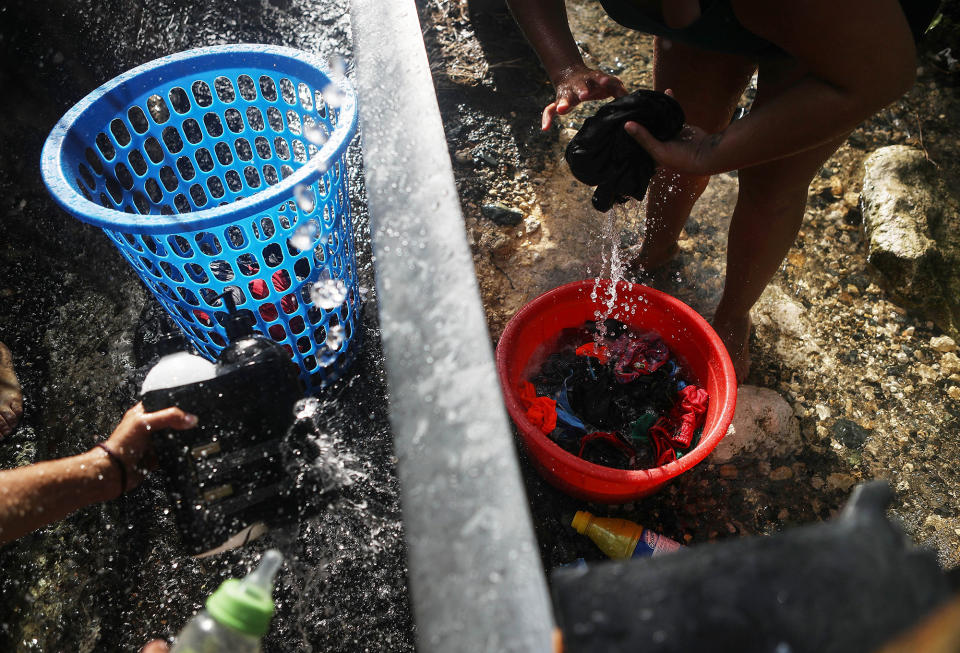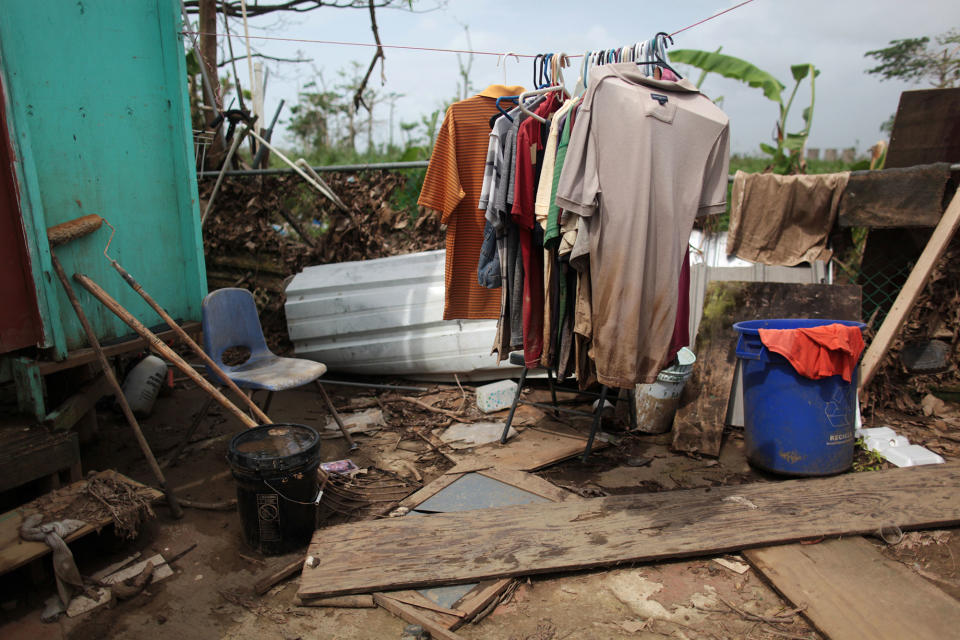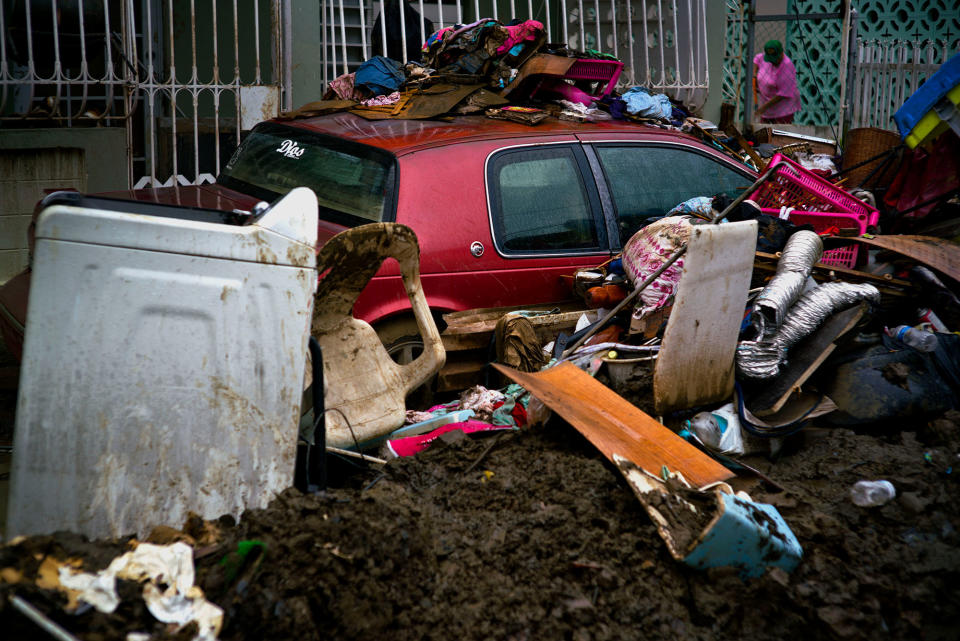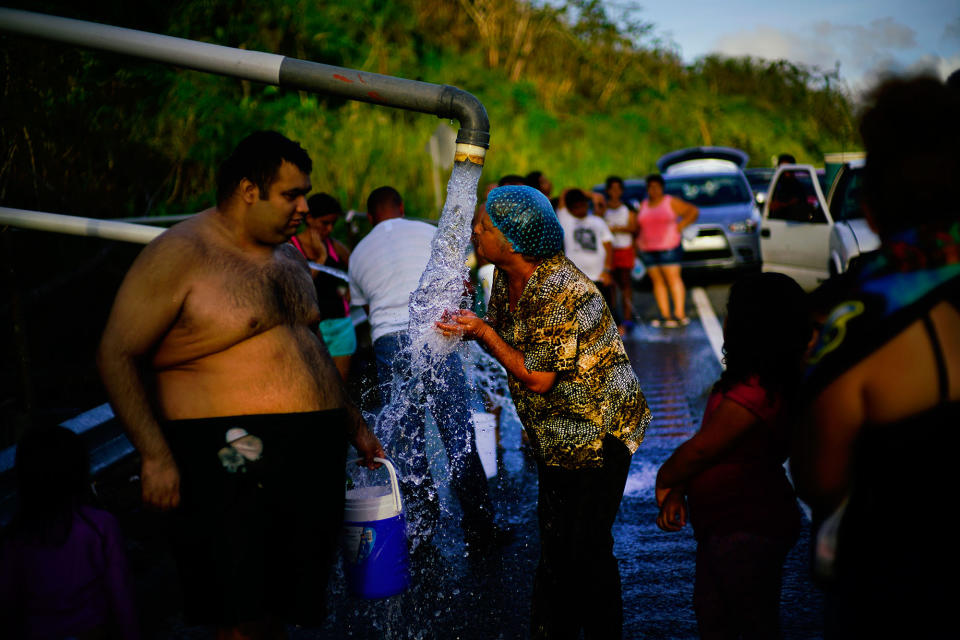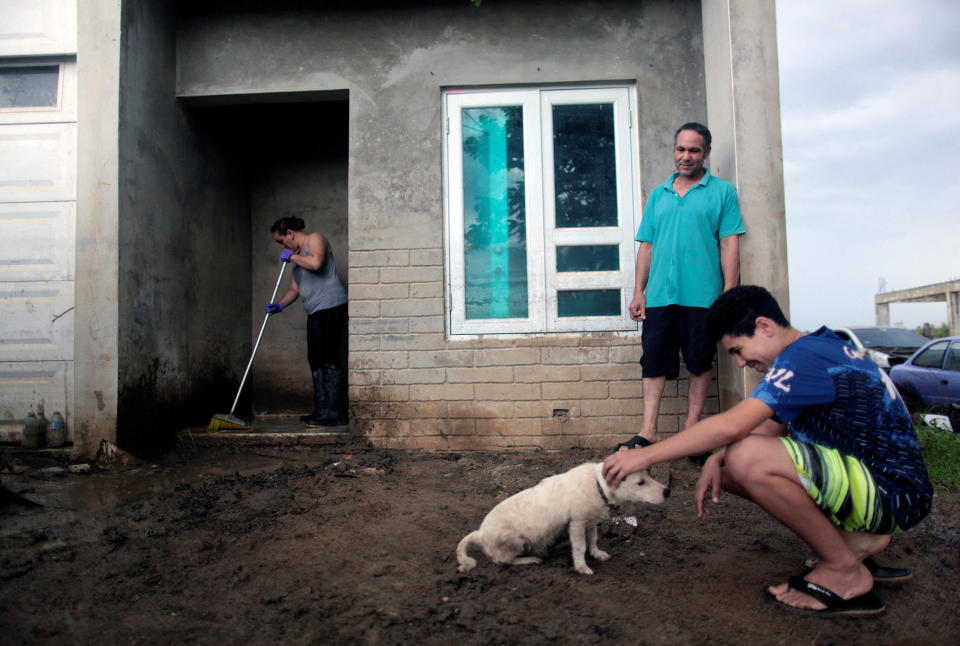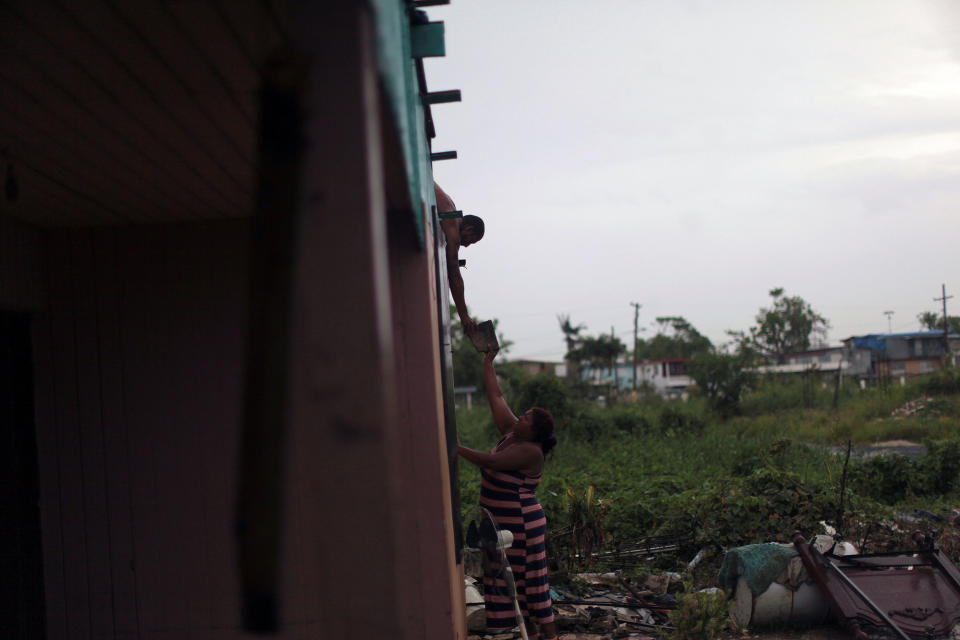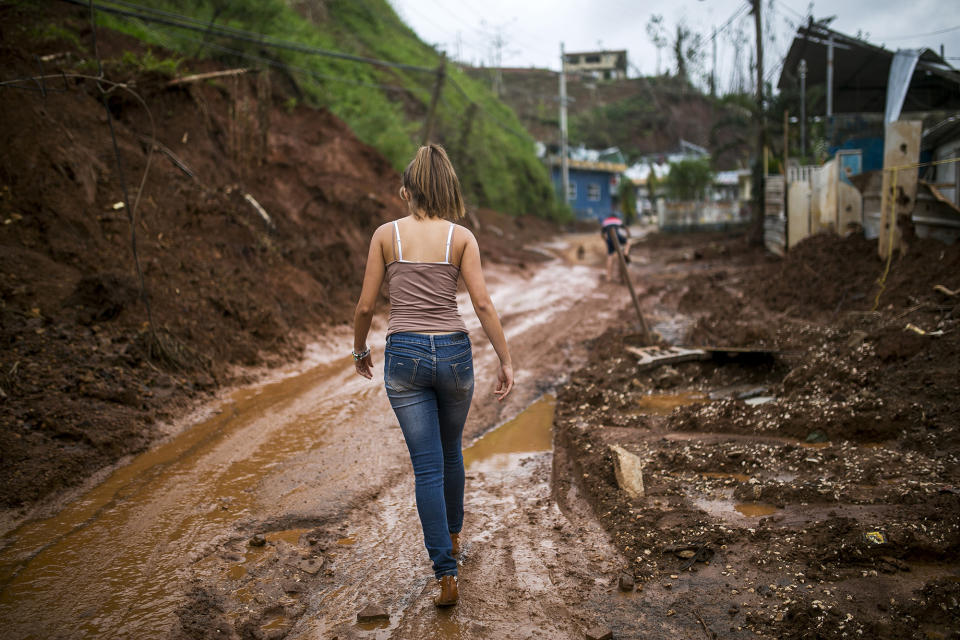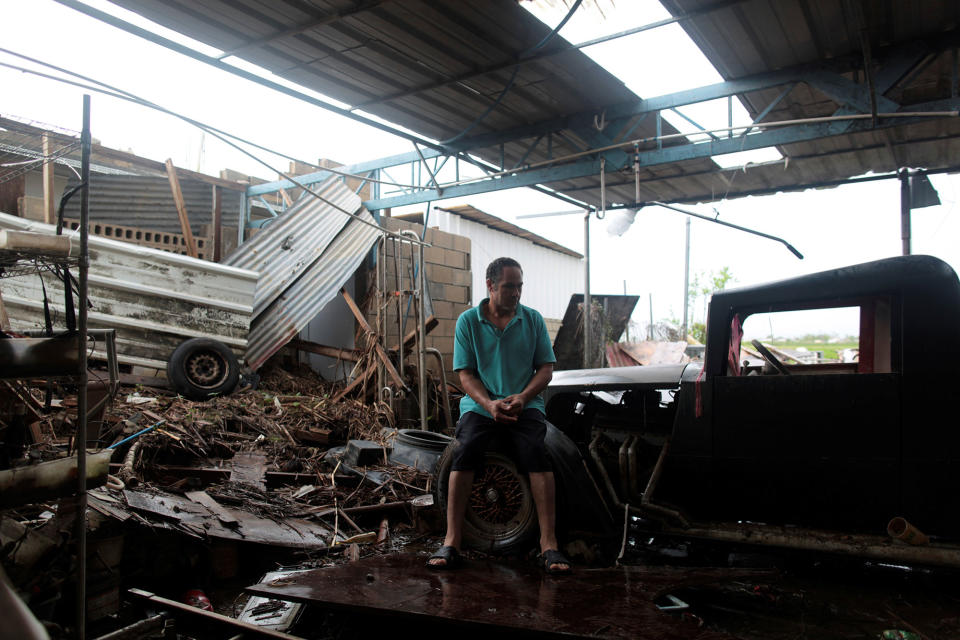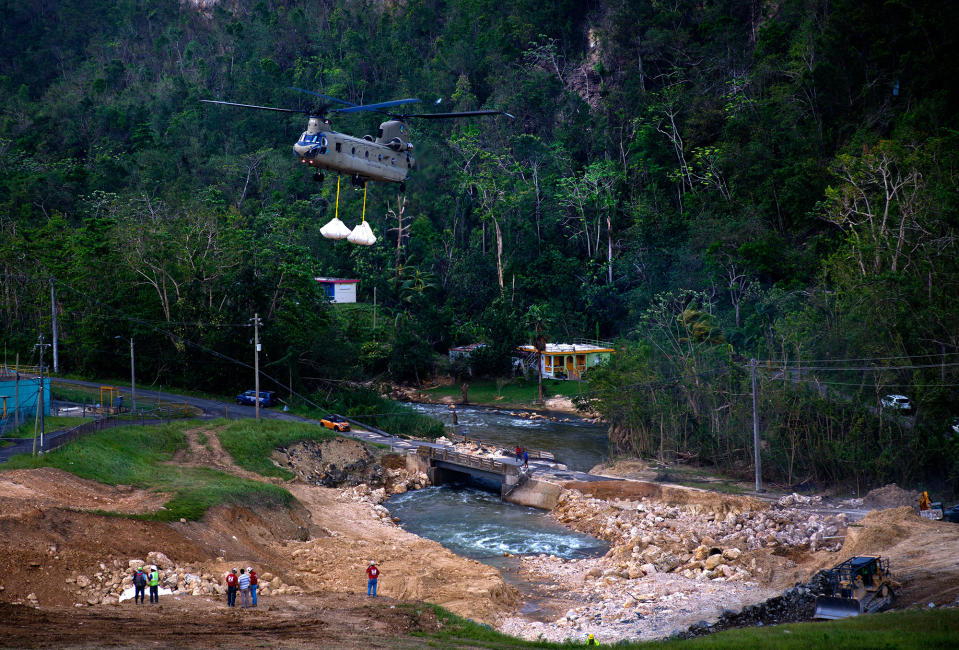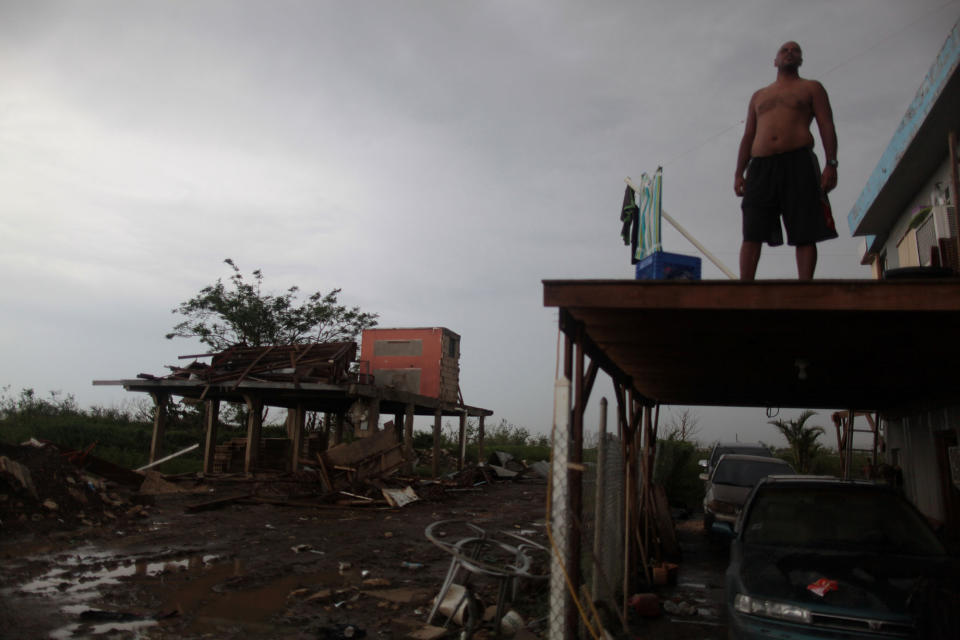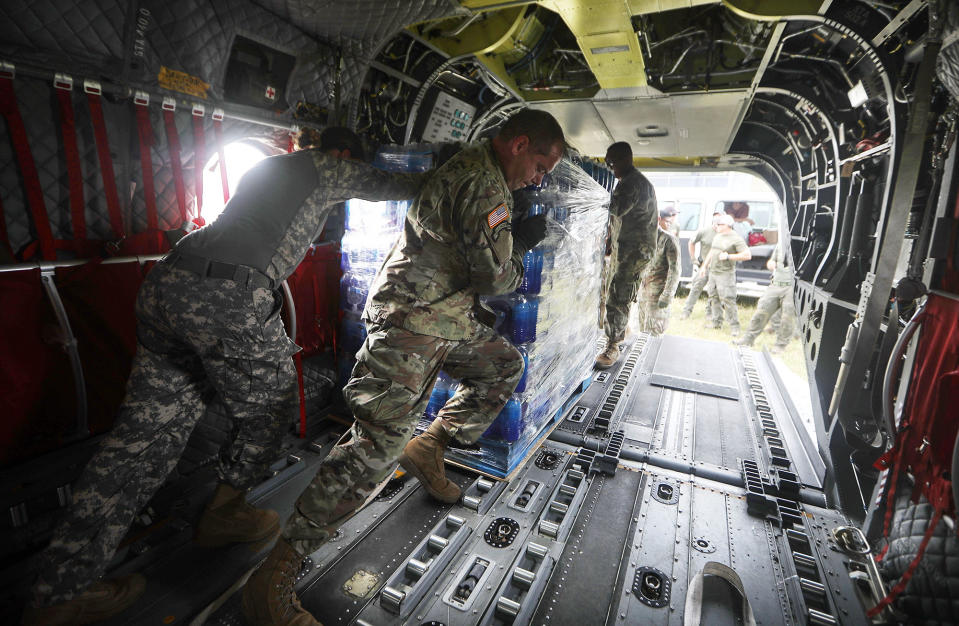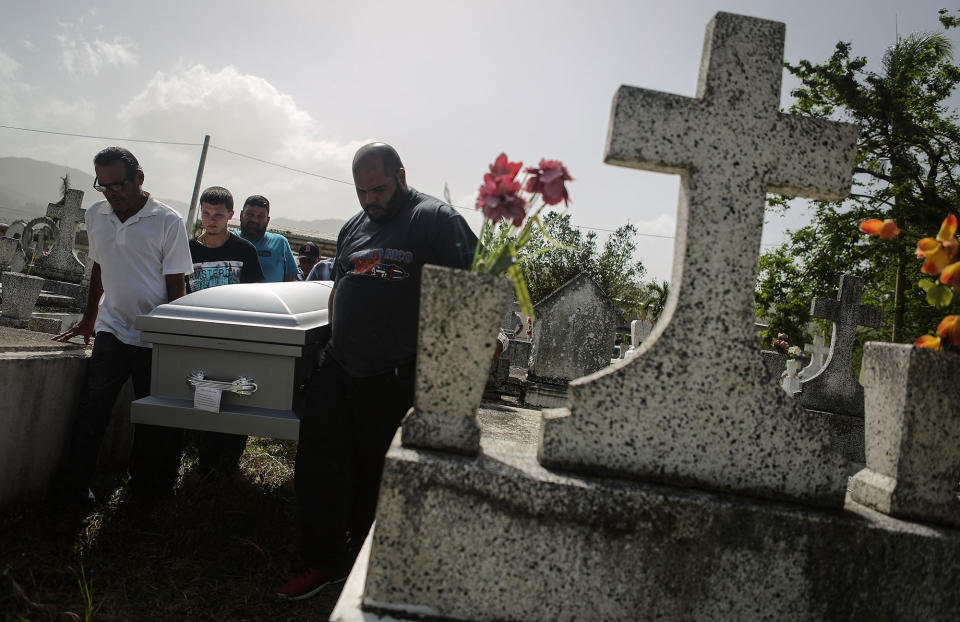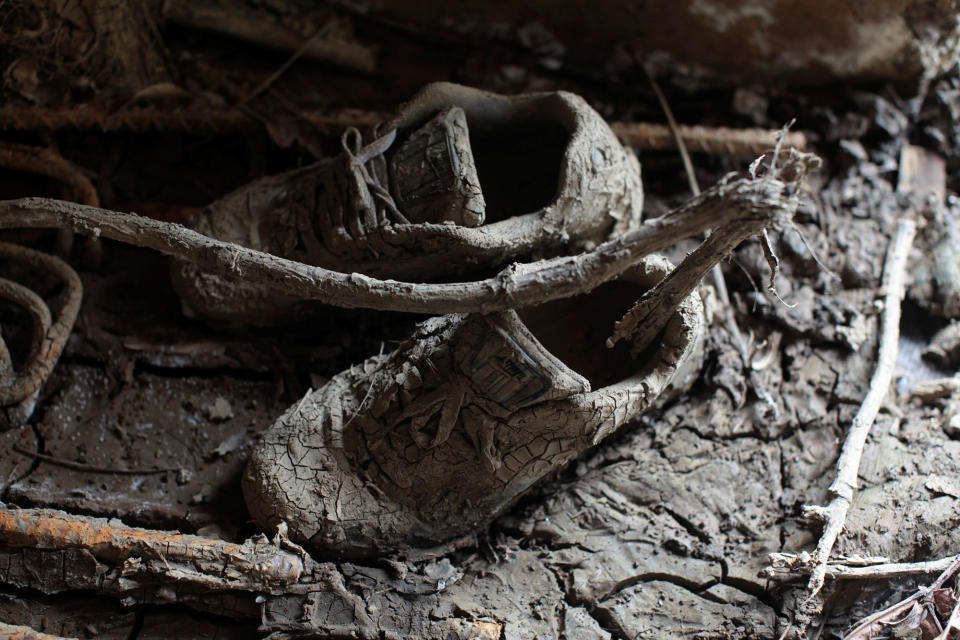Puerto Rico 1 month after Hurricane Maria
Eighty-one percent of Puerto Rico remains blacked out one month after Maria struck. Clean water for drinking, cooking and bathing is scarce, too.
Puerto Ricans’ main obstacle to getting back to some semblance of normality is the slowness of the Puerto Rico Electric Power Authority in getting the power grid back up and running.
The lack of power has paralyzed a key industry — pharmaceutical production — and most businesses including restaurants are closed or operating at great cost through the use of diesel powered generators.
This nightmare comes about a year after the U.S. government established an external fiscal control board for the island after it declared bankruptcy because of 73 billion dollars in debt.
Economist Joaquin Villamil told AFP that damage from Hurricane Maria is estimated at 20 billion dollars — four times that of Hurricane Georges in 1998, when measured in 2016 dollars.
Villamil said reconstruction money provided by the Federal Emergency Management Agency and from insurance companies will have a positive impact on the island’s economy in the second half of fiscal 2018 and in fiscal 2019, but this boost will just be temporary.
“From an economic point of view there is not much net gain,” said Villamil, who works for a consulting firm called Estudios Tecnicos.
He said the economy has been shrinking since 2006 and Maria will delay any prospect of recovery.
It will take at least until 2026 to get back to the GDP level of 2006, he added.
Making things worse, people are leaving the island for the mainland U.S. Forecasts are that the population now at 3.4 million will go down to 3.1 million or even less by 2026, said Villamil.
The government of Florida estimates that since October 3 — the day a state of emergency to deal with an influx of Puerto Ricans was declared — more than 36,000 people from the island have poured in. (AFP)
See more news-related photo galleries and follow us on Yahoo News Photo Twitter and Tumblr.

